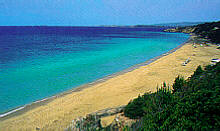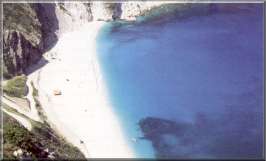Cephalonia
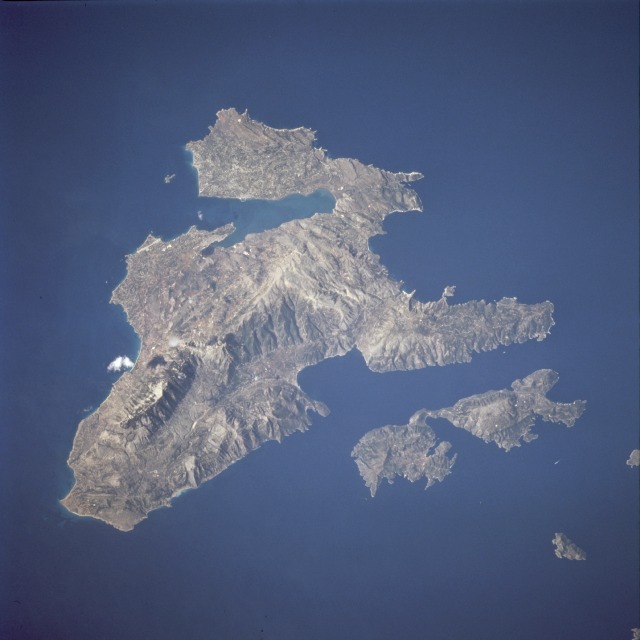

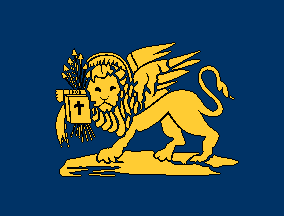
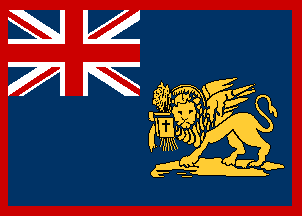
The Free Ionian State was founded in 1800 and was the first autonomous Greek State after the collapse of the Byzantine Empire and its Principalities in the 15th century AD.The Ionian State included seven islands: Corfu, Cephalonia, Levkas, Zakynthos, Ithaca, Paxoi and Kythira.The flag has a blue background inspired from the Ionian Sea and includes the Union Jack (as Britain was the official protector of the State) and the Lion of St Markus (remnant from the period when the islands where under the control of Venice)
The Lion is seen to hold either the Holy Bible or seven arrows resembling each of the Ionian Islands. Approximately 50 years later, the Ionian State merged with the new Greek State..
Cephalonia (seen right) is a relatively large island the biggest of the Ionian Islands.Next to it, lies the smaller island of Ithaca, home of the legendary Ulysses who also used to rule Cephalonia in Ancient Greek times. In the middle of the island is Mount Ainos and the the two largest cities, Argostoli and Lixouri are located in the island's western part. Other important towns are: Scala, Fiskardo, Assos and Sami.
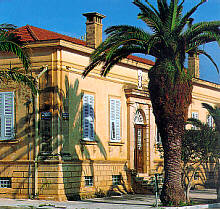
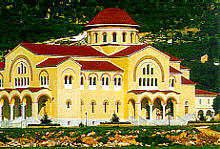
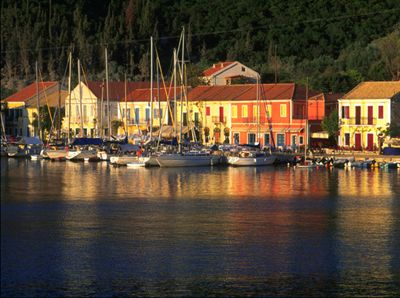


Cephalonian names are very characteristic.Names like Gerasimos, Dionysios, Spyridon, Stavros and Menas are very popular in the island while quite rear in mainland Greece.Surnames are also unique and are derived from the individual's origin and status. Italian names like Typaldos, Geroulanos etc are remnants of the Italian nobility. Names like Antypas, Kantakouzinos etc are derivatives of Roman and Byzantine family names. Most Cephalonian surnames however, end in -atos such as Georgatos, Grigoratos, Alexandratos, Andeatos, Evangelatos, Kosmatos, Spyratos et al.
The Church of St. Gerasimos is the biggest on the island. St. Gerasimos is the patron saint of Cephalonia and many Cephalonians bear his name.
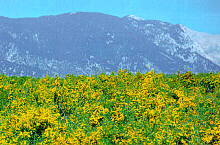
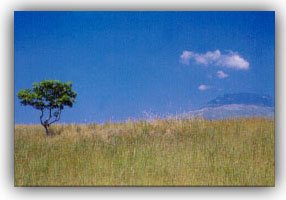
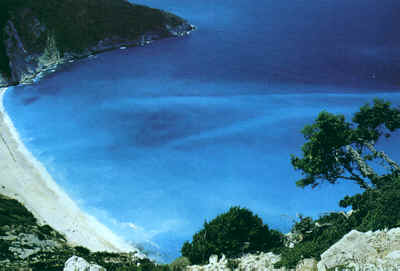
Lake Melissani is a must for nature-lovers travelling to Cephalonia. Melissani is part lake, part cave and part subterranean river.The formations within the cave are amazing.
The natural world of Cephalonia is one of the island's most prized assets. Mount Ainos is home to the Cephalonian Blue Abies is a wonderful tree that is unique to Cephalonia. Ainos is also the home of the Cephalonian wild horses, a short breed of extreme stamina that was probably used by Ancient Greeks. Unfortunately their population is dwindling and only few are seen nowadays.
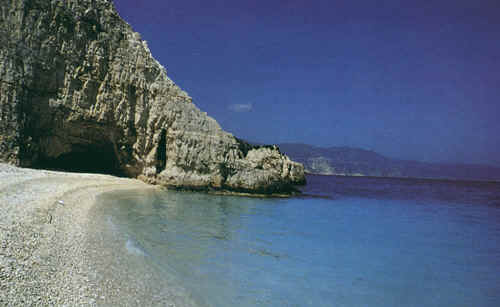
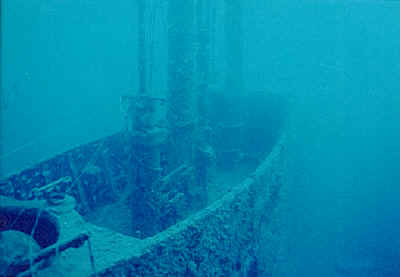
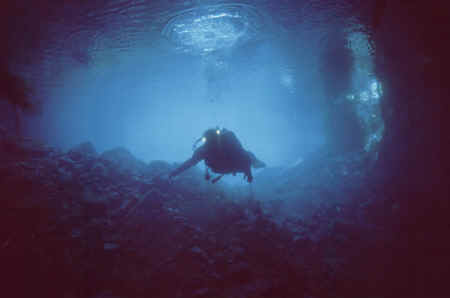
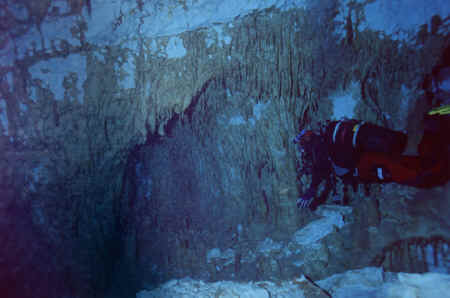
Tired of overcrowded beaches in Ibiza, Majorka, Italy and the Aegean? Cephalonia is one of the few remaining Greek islands with remote beaches for those who prefer privacy and solitude. Myrtos, Platys Gialos are only some of the magnificent sand-beaches Cephalonia has to offer. Pebbles, white sand, gold sand and rocky beaches can all be found in the island. Diving is also recommended as many shipwrecks dot the Cephalonian coastline.HMS Perseus (up left) is only one of the shipwrecks, sunk in World War 2. Beware however that removing mementos from the vast number of ancient shipwrecks is illegal in Greece.



Spanish actress Penelope Cruz will star in the film "Captain Corelli's Mandolin" alongside Nicholas Cage. The book is based on a story in Cephalonia and the movie is shot in the Eastern part of the Island near Sami. It is certain to bring lots of publicity to the island but simultaneously Cephalonia-lovers like me worry that swarms of tourists might destroy the island's unique secluded character.
